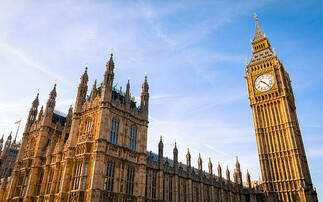The Department for Work and Pensions’ consultation on increasing the general levy has closed. Holly Roach looks at the industry’s response to its proposals
In October, the Department for Work and Pensions (DWP) published a consultation proposing increases to the general levy on occupational and personal pension schemes from 1 April 2020. In the con...
To continue reading this article...
Join Professional Pensions
Become a Professional Pensions Lite Member today
- Three complimentary articles per month covering the latest real-time news, analysis and opinion from the industry
- Receive important and breaking news stories via our two daily news alerts
- Hear from industry experts and other forward-thinking leaders
Are you a trustee, investment consultant or in-house pension and benefit scheme professional? You can apply for full complimentary access here







